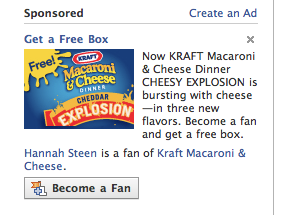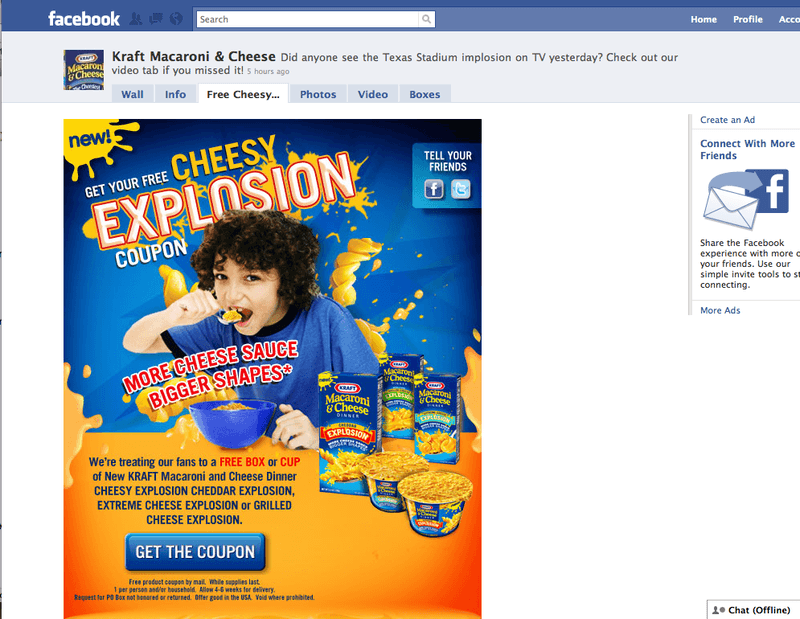Do your customers think you’re a “10”?
April 26, 2010
In the drive up windows of one of the country's largest banks — there is a sign. "Please honk if we've delivered a "10" customer service experience."
I've never heard anyone honk or honked myself. Now…I want to honk. I feel bad about not honking. I can see that the tellers are being very friendly. They use my first name. They enclose a pen in the little tube so I don't have to ask to borrow one. But here's the thing. That's not being a 10. That's just being good. Being a 10 isn't about being good — it's about being spectacular.
For those of you over 40, you will remember the movie 10 with Bo Derek. The premise of the entire movie is that Bo Derek is so extraordinary that Dudley Moore makes a complete and utter fool of himself.
Check out the trailer (e-mail subscribers, click here) and then we'll talk about how Bo relates to marketing and our customers.
According to the movie, Bo wasn't just pretty. She wasn't satisfactory. She was stunning. She was so remarkable — she made everyone stop and notice.
That's what I want the bank tellers to be. Not friendly. Not doing their job. But remarkable. Do something that I can't help but tell others about. (Who is going to say…"boy, the bank teller called me Drew today.") Dare to be remarkable.
What does that look like? It looks like a small gesture that says you know who I am and appreciate me and my business enough to do something that most would never even think of doing.
Include a dog treat with my receipt because my dog is with me? Nice but not remarkable. Include a dog treat because you remember that I have a black lab, even when she isn't with me… remarkable.
Send me your newsletter, chock full of helpful hints? Nice but not remarkable. Drop off a book you think I will enjoy because you know that I grew up owning horses… remarkable.
Include a free sample when you ship my order to me? Nice but not remarkable. Include a packet of flower seeds that will grow perfectly in my climate with a note saying you can imagine how happy we are to see Spring after a miserable winter… remarkable.
Then, I will honk my heart out. I will tell everyone about your business. And, I will love you enough to never leave…no matter how much your competitors woo me.
That's a 10. And that's why we rarely (figuratively or literally) honk our horns for the companies that serve us.
More
![Reblog this post [with Zemanta]](http://img.zemanta.com/reblog_e.png?x-id=cc5f23e6-a301-4df9-95b6-d5ea6a3ff138)

![Reblog this post [with Zemanta]](http://img.zemanta.com/reblog_e.png?x-id=5578c37d-9c63-4713-b8c9-dd22f5e782cb)



![Reblog this post [with Zemanta]](http://img.zemanta.com/reblog_e.png?x-id=b602a199-68b8-401a-9f7b-eb2c9d32264d)

![Reblog this post [with Zemanta]](http://img.zemanta.com/reblog_e.png?x-id=6a99b556-9148-4eb9-8f73-d9710efd80f4)
![Reblog this post [with Zemanta]](http://img.zemanta.com/reblog_e.png?x-id=d9843bf9-8b02-4f7b-89ca-f289691d02cc)

![Reblog this post [with Zemanta]](http://img.zemanta.com/reblog_e.png?x-id=118b1711-82f9-47a6-9ba1-505801d99099)

![Reblog this post [with Zemanta]](http://img.zemanta.com/reblog_e.png?x-id=836888c0-efca-4a97-a8ae-f89ada405386)

![Reblog this post [with Zemanta]](http://img.zemanta.com/reblog_e.png?x-id=89e0bd3e-f399-4429-8991-33092158c14b)

![Reblog this post [with Zemanta]](http://img.zemanta.com/reblog_e.png?x-id=02002b3b-94c2-4abd-bfc6-90765fc684e6)

![Reblog this post [with Zemanta]](http://img.zemanta.com/reblog_e.png?x-id=100f0995-7416-45a7-903f-14f948192521)